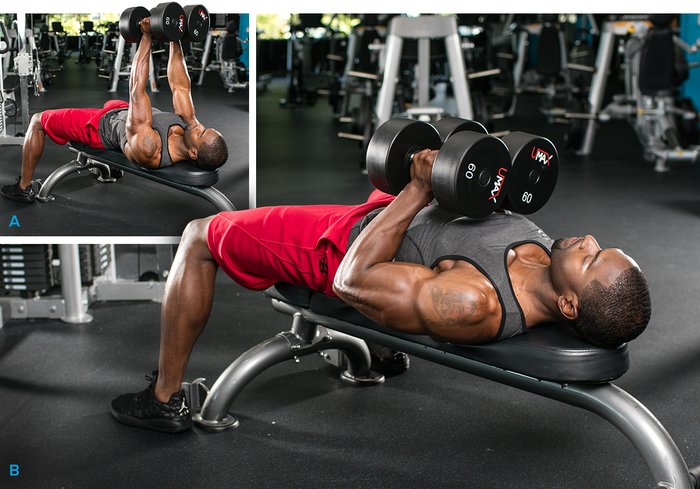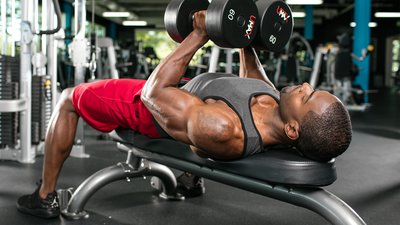Looking to get strong? I've got bad news for you: The boring stuff is what works. You don't need as much variety or "muscle confusion" as you might think to get results. Stick with the basics, follow some semblance of progressive overload, do the work consistently, and good things will happen.
However, many trainees—and coaches—fall into the trap of thinking compound movements, and only compound movements, should be utilized 100 percent of the time, no exceptions.
For one example, because they've been told so often to focus more on their back side, lifters can become so posterior-chain dominant that they lose the ability to recruit their quadriceps. As a result, they don't use enough quads to assist with movements like squats and deadlifts, and often suffer from chronic knee pain.
I've started programming more accessory work like leg extensions and leg presses into the programs of some of my athletes and clients. This is something my 10-years-ago self would have punched my present-self in the face for. But lo and behold, these same athletes and clients have seen improvement in their main lifts, and their knees feel better.
You'd better believe this can work for the other big lifts, too.
Bring It to the Bench
From a personal perspective, my bench press sucks. It's always been an exercise I've struggled with, and there are days I'd rather wash my face with broken glass than head to the gym do it.
So what did I do to solve this problem? I hammered away at my bench-press technique, implementing accessory movements like paused bench presses and Spoto presses to address my weaknesses. It kinda sorta worked.
But you know what really worked? To go along with all that technique work, I added some brotastic upper-body isolation work. That's right: Isolation work helped my compound lifts. Why? Because while technique is often the limiting factor in your strength, sometimes it is legitimately a weak muscle group. For me, the chest was that group.
Ever since I started including more isolation movements for my pectoral muscles like dumbbell chest flyes, I've seen a nice jump in not only my bench-press performance, but the "feel" of the movement too. Here's one movement that made a big difference: the dumbbell squeeze press.
Dumbbell Squeeze Press
Technique Cues
It's pretty self-explanatory. Grab two dumbbells, assume a normal position on a flat or incline bench, then squeeze those bad boys together and press. Keep them pressed together throughout the duration of your set. Your pecs will be on fire.
It's easier to squeeze together hex dumbbells or PowerBlocks, like I do in the video, if you have access to them, but round weights will work, too. I like these as an accessory movement, after a main bench move, for higher repetitions such as the 10-15 range.

Dumbbell Squeeze Press
Don't Forget to Accessorize
The big movements are the big answer—and they always have been. But regardless of what some strength-focused people will tell you with the best of intentions, it's OK to perform isolation work or bodybuilding-specific exercises. A more hybrid approach—strength and hypertrophy—will serve most people well. I say this to those of you who are coaches, not just the lifters.
Make compound movements the staple for any strength-based program, but don't neglect the importance of accessory work to compliment you or your clients' goals.

